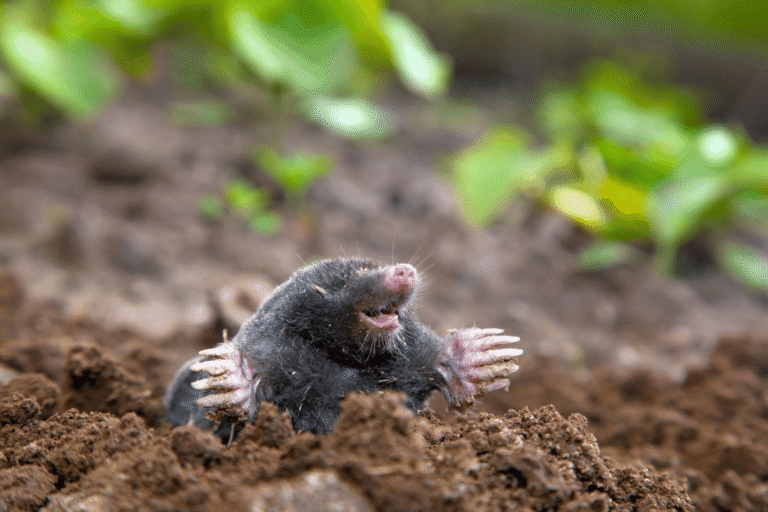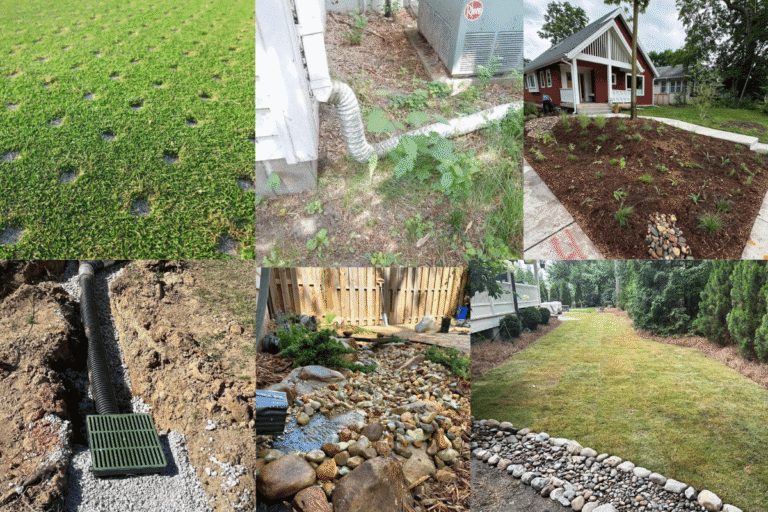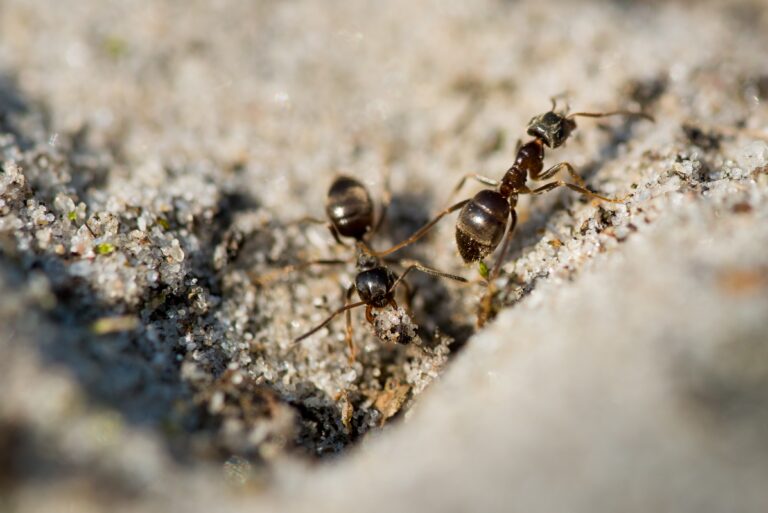How To Get Rid of Bermuda Grass: A Complete Guide

Bermuda grass (Cynodon dactylon) is a warm-season turfgrass known for its durability and fast growth.
While it’s a popular choice for lawns, sports fields, and golf courses, it can quickly become a nuisance in gardens, flower beds, and landscapes where it’s not wanted.
Due to its aggressive spreading via stolons and rhizomes, Bermuda grass can be challenging to remove once established.
This guide will walk you through both chemical and non-chemical methods to effectively eliminate Bermuda grass from your yard.
1. Understand the Challenge
Before jumping into removal methods, it helps to know what makes Bermuda grass so persistent:
- Spreads underground and above ground
- Tolerates drought and heat
- Grows back from even tiny root fragments
This resilience means removing Bermuda grass requires patience and a multi-step approach.
2. Manual Removal
Manual or mechanical removal is best for smaller patches or if you want to avoid using herbicides.
Steps:
- Water the area thoroughly to loosen the soil.
- Dig up the grass, including roots and rhizomes, using a shovel or sod cutter.
- Sift the soil to remove all visible root fragments.
- Repeat every few weeks, as new shoots may emerge from missed roots.
- Solarize the area (optional):
- Cover the cleared patch with clear plastic sheeting.
- Leave it in place for 4–8 weeks during hot months.
- This heats the soil and kills any remaining roots.
Pros: No chemicals involved
Cons: Labor-intensive and may require multiple rounds
3. Smothering (Sheet Mulching)
If you’re not in a rush, smothering is a great organic option.
Materials:
- Cardboard or newspaper (thick layers)
- Compost or mulch (4–6 inches)
Steps:
- Mow Bermuda grass as low as possible.
- Lay cardboard or thick newspaper over the entire area.
- Cover with a thick layer of compost or mulch.
- Wait at least 2–3 months (longer is better).
- Remove any regrowth or dig up stubborn patches.
Pros: Eco-friendly and improves soil
Cons: Slow process
4. Herbicide Application
For larger infestations or faster results, herbicides can be effective.
Types of Herbicides:
- Non-selective (e.g., glyphosate): Kills all vegetation, not just Bermuda grass
- Selective grass killers (e.g., sethoxydim): Useful in flower beds, won’t harm most broadleaf plants
Steps:
- Choose a warm, dry day (65–85°F).
- Spray herbicide directly on Bermuda grass.
- Wait 7–10 days and check for regrowth.
- Repeat applications as needed (usually 2–3 rounds).
- Avoid planting in treated soil for at least 2 weeks (check product label).
Pros: Fast and efficient
Cons: Risk of killing nearby plants, environmental impact
Tip: Use a shielded sprayer or cardboard barrier when spraying near desirable plants.
5. Ongoing Maintenance
Even after removal, Bermuda grass can creep back from nearby lawns or remnants.
Preventive Tips:
- Install deep edging barriers (6 inches or more) to block rhizome spread.
- Monitor regularly for new shoots and pull them early.
- Keep nearby lawns mowed short and well-maintained.
- Consider replacing the area with ground cover or raised beds.
Final Thoughts
Getting rid of Bermuda grass isn’t a one-and-done job — it takes persistence, especially if you’re going chemical-free.
Whether you choose to dig it up, smother it, or use herbicides, consistent follow-up is key to long-term success. With a little effort and patience, you can reclaim your garden or yard from this stubborn invader.






